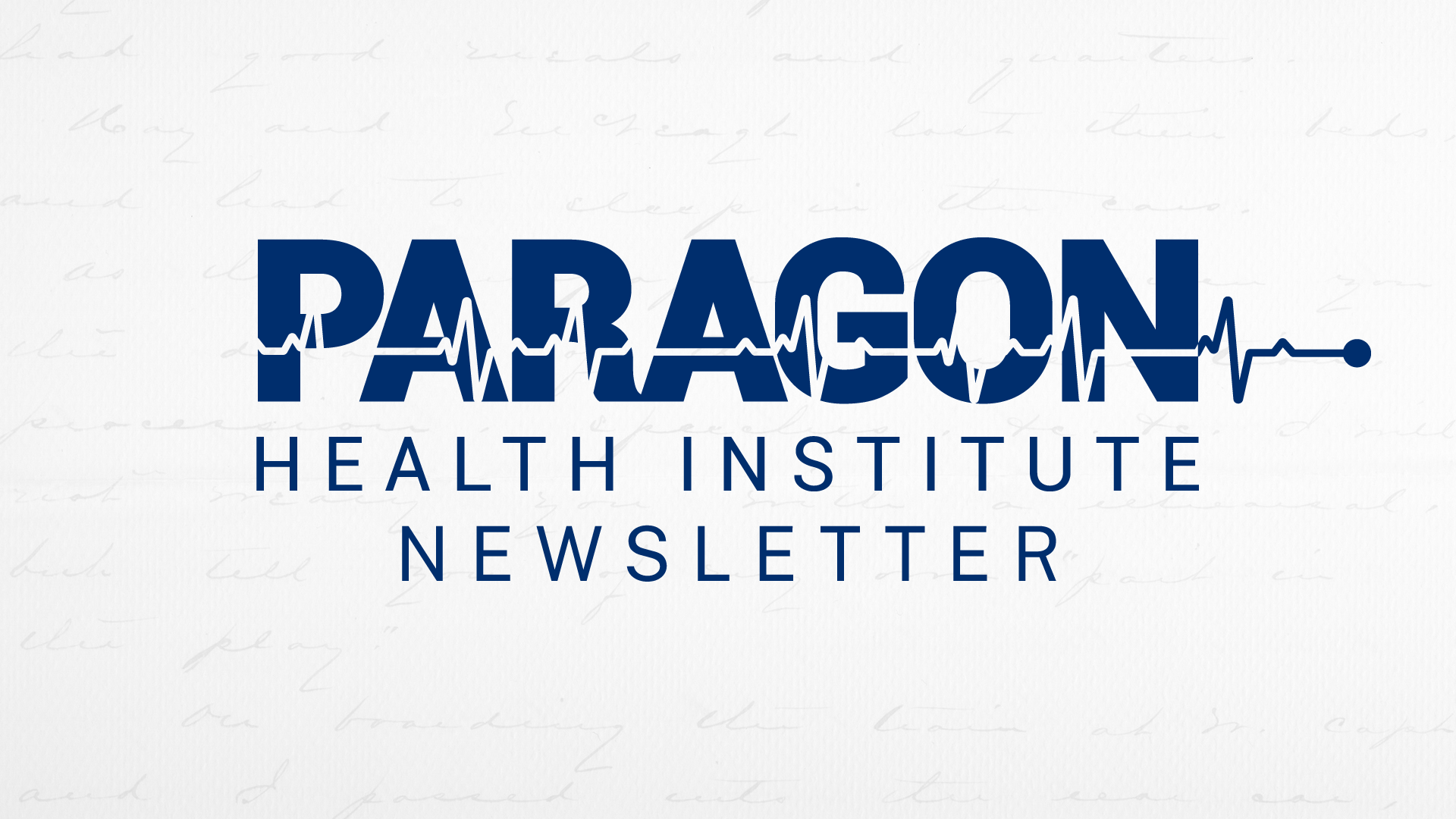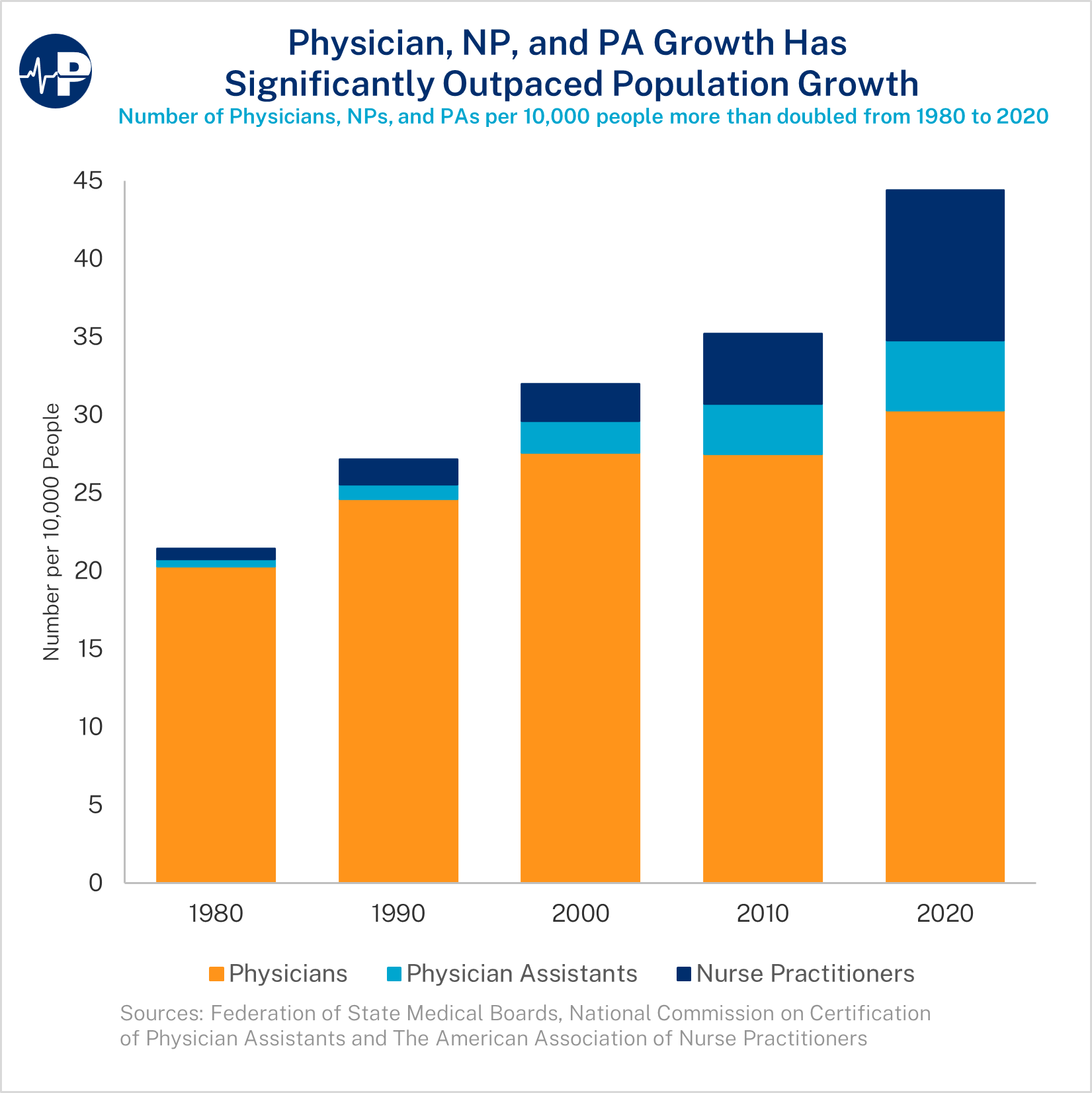While the primary goals of the Affordable Care Act (ACA) were to expand insurance coverage and make healthcare more affordable, evidence suggests that these goals have not been met in the individual insurance market. Prescription drug costs are growing faster when compared with other markets, and enrollment has declined. This is especially troubling given the large taxpayer subsidies already dedicated to this market.
In a study published today in JAMA Health Forum, we used health insurers’ medical loss ratio reports from 2015 through 2019 to examine prescription drug spending in commercial markets. For large group plans, net drug spending (the net of manufacturer rebates) per member grew annually by only 2 percent on average. This is remarkable considering that many new therapies were marketed. In contrast, net drug spending per member for individual plans grew annually by 11 percent on average. The result is a marked difference in spending per member between the two types of plans.
In 2015, the net drug spending per member was 6 percent lower in individual plans ($644) than in large group plans ($686), but by 2019, it was 35 percent higher in individual plans ($995) than in large group plans ($738).




